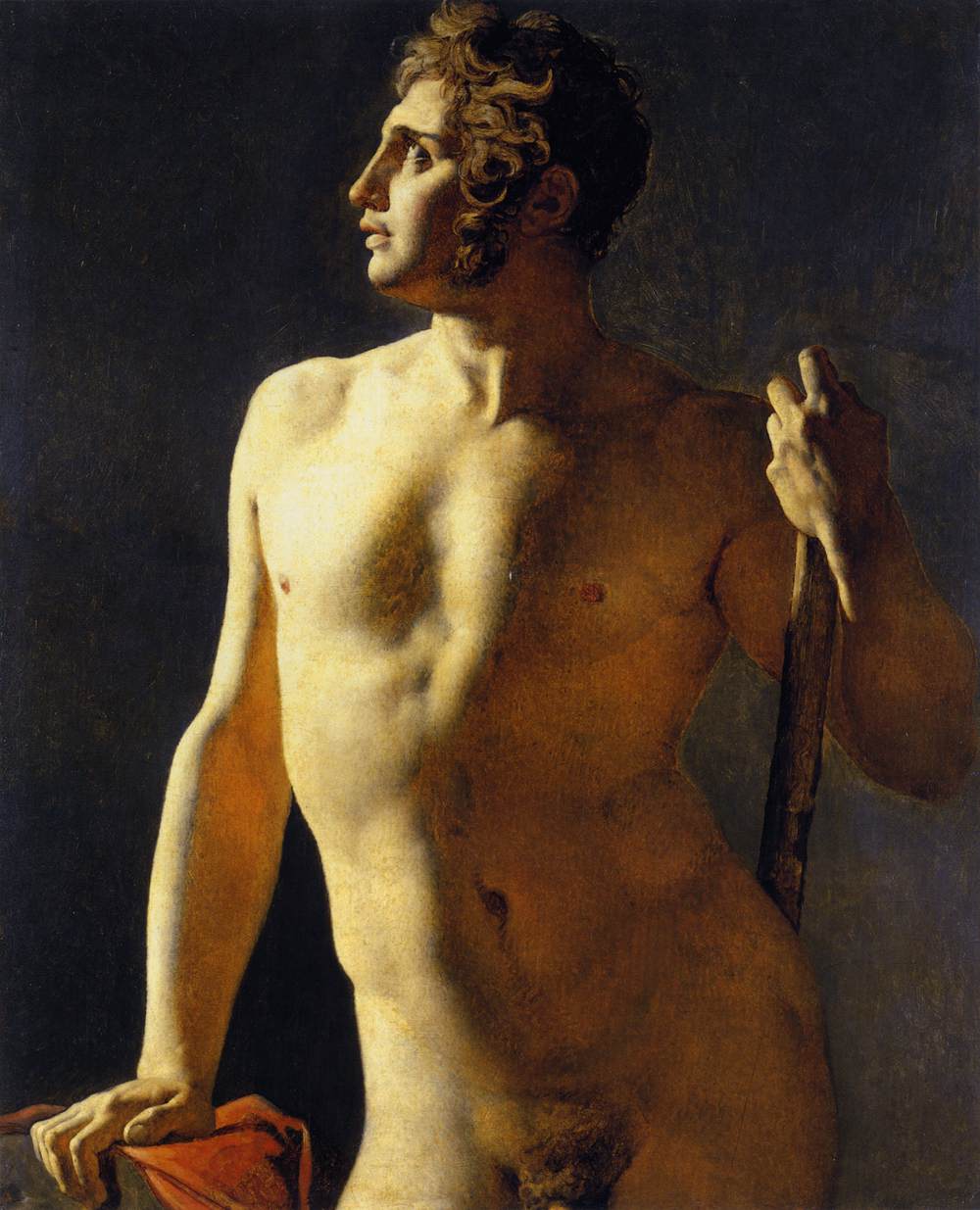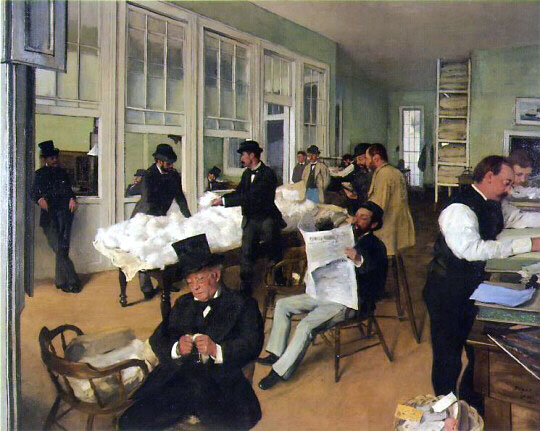|
Musée Bonnat-Helleu
The Musée Bonnat-Helleu is an art museum in Bayonne, Nouvelle-Aquitaine, France. The museum was created in 1901 when Bayonne-born painter Léon Bonnat gave his extensive personal collections of art – notably an exceptional drawing collection – as well as many of his paintings to the City of Bayonne. Subsequent donors enriched the collections of the Bonnat Museum with major gifts in 1936, 1989, 1997 and 2010, making its holdings one of the largest collections of art in southern France. The "Helleu" in its name refers to Paul César Helleu. The museum owns 181 works by Helleu, from a gift in 1989 and then a legacy in 2010 from Paulette Howard-Johnston, daughter of Helleu, and a legacy in 1997 from Ghislaine de Kermaingant. The Museum has been closed to the public for extensive renovation since April 2011. An architectural project intended to double the size of the museum will begin in early 2018, with the objective of opening the museum in November 2025.https://www.bayonne.fr/i ... [...More Info...] [...Related Items...] OR: [Wikipedia] [Google] [Baidu] |
Bayonne
Bayonne () is a city in southwestern France near the France–Spain border, Spanish border. It is a communes of France, commune and one of two subprefectures in France, subprefectures in the Pyrénées-Atlantiques departments of France, department, in the Nouvelle-Aquitaine regions of France, region. Bayonne is located at the confluence of the Nive and Adour Rivers, in the northern part of the cultural region of the Basque Country (greater region), Basque Country. It is the seat of the Communauté d'agglomération du Pays Basque which roughly encompasses the western half of Pyrénées-Atlantiques, including the coastal city of Biarritz. The area also constitutes the southern part of Gascony, where the Aquitaine Basin joins the beginning of the Pre-Pyrenees. Together with nearby Anglet, Biarritz, Saint-Jean-de-Luz and several smaller communes, Bayonne forms an urban area with 273,137 inhabitants in the 2018 census, 51,411 of whom lived in the commune of Bayonne proper. [...More Info...] [...Related Items...] OR: [Wikipedia] [Google] [Baidu] |
John Constable
John Constable (; 11 June 1776 – 31 March 1837) was an English landscape painter in the Romanticism, Romantic tradition. Born in Suffolk, he is known principally for revolutionising the genre of landscape painting with his pictures of Dedham Vale National Landscape, Dedham Vale, the area surrounding his home – now known as "Constable Country" – which he invested with an intensity of affection. "I should paint my own places best", he wrote to his friend John Fisher in 1821, "painting is but another word for feeling". Constable's most famous paintings include ''Wivenhoe Park (painting), Wivenhoe Park'' (1816), ''The Vale of Dedham (painting), Dedham Vale'' (1828) and ''The Hay Wain'' (1821). Although his paintings are now among the most popular and valuable in Art of the United Kingdom, British art, he was never financially successful. He was elected to the Royal Academy of Arts at the age of 52. His work was embraced in France, where he sold more than in his native Englan ... [...More Info...] [...Related Items...] OR: [Wikipedia] [Google] [Baidu] |
Le Lorrain
Le Lorrain (; Martinican Creole: ) is a town and commune in the French overseas region and department of Martinique Martinique ( ; or ; Kalinago language, Kalinago: or ) is an island in the Lesser Antilles of the West Indies, in the eastern Caribbean Sea. It was previously known as Iguanacaera which translates to iguana island in Carib language, Kariʼn .... Population Personalities * Raphaël Confiant * Jean Bernabé See also * Communes of the Martinique department References External links * Communes of Martinique Populated places in Martinique {{Martinique-geo-stub ... [...More Info...] [...Related Items...] OR: [Wikipedia] [Google] [Baidu] |
Pierre Puvis De Chavannes
Pierre Puvis de Chavannes (; 14 December 1824 – 24 October 1898) was a French painter known for his mural painting, who came to be known as "the painter for France". He became the co-founder and president of the Société Nationale des Beaux-Arts, and his work influenced many other artists, notably Robert Genin, and he aided Medalist, medallists by designs and suggestions for their works. Puvis de Chavannes was a prominent painter in the early French Third Republic, Third Republic. Émile Zola described his work as "an art made of reason, passion, and will". Early life Puvis de Chavannes was born Pierre-Cécile Puvis in a suburb of Lyon, France, on December 14, 1824. He was the son of a mining engineer and descended from an old noble family of Burgundy (region), Burgundy. He later added the ancestral "de Chavannes" to his name. Throughout his life, he spurned his Lyon origins, preferring to identify himself with the 'strong' blood of the Burgundians, where his father originated. ... [...More Info...] [...Related Items...] OR: [Wikipedia] [Google] [Baidu] |
Dominique Ingres
Jean-Auguste-Dominique Ingres ( ; ; 29 August 1780 – 14 January 1867) was a French Neoclassicism, Neoclassical Painting, painter. Ingres was profoundly influenced by past artistic traditions and aspired to become the guardian of academic orthodoxy against the ascendant Romanticism (art), Romantic style. Although he considered himself a History painting, painter of history in the tradition of Nicolas Poussin and Jacques-Louis David, it is his portraits, both painted and drawn, that are recognized as his greatest legacy. His expressive distortions of form and space made him an important precursor of modern art, influencing Henri Matisse, Pablo Picasso, and other modernists. Born into a modest family in Montauban, he travelled to Paris to study in the studio of Jacques-Louis David, David. In 1802 he made his Paris Salon, Salon debut, and won the for his painting ''The Ambassadors of Agamemnon in the tent of Achilles''. By the time he departed in 1806 for his residency in Ro ... [...More Info...] [...Related Items...] OR: [Wikipedia] [Google] [Baidu] |
Girodet-Trioson
Anne-Louis Girodet de Roussy-Trioson (; or ''de Roucy''), also known as Anne-Louis Girodet-Trioson or simply Girodet (29 January 17679 December 1824),Long, George. (1851) ''The Supplement to the Penny Cyclopædia of the Society for the Diffusion of Useful Knowledge'', C. Knight. was a French painter Painting is a Visual arts, visual art, which is characterized by the practice of applying paint, pigment, color or other medium to a solid surface (called "matrix" or "Support (art), support"). The medium is commonly applied to the base with ... and pupil of Jacques-Louis David, who participated in the early Romantic movement by including elements of eroticism in his paintings. Girodet is remembered for his precise and clear style and for his paintings of members of the Napoleonic family. Early career Girodet was born at Montargis. Both of his parents died when he was a young adult. The care of his inheritance and education fell to his guardian, a prominent physician named Beno ... [...More Info...] [...Related Items...] OR: [Wikipedia] [Google] [Baidu] |
Théodore Géricault
Jean-Louis André Théodore Géricault (; 26 September 1791 – 26 January 1824) was a French painter and lithographer, whose best-known painting is '' The Raft of the Medusa''. Despite his short life, he was one of the pioneers of the Romantic movement. Early life Born in Rouen, France, Géricault moved to Paris with his family, probably in 1797, where Théodore's father, a lawyer, worked in the family tobacco business based at the Hôtel de Longueville on the Place du Carrousel. Géricault's artistic abilities were likely first recognized by the painter and art dealer Jean-Louis Laneuville. Laneuville lived at the Hotel de Longueville alongside Jean-Baptiste Caruel, Théodore Géricault's maternal uncle, and other members of the extended Géricault family. Saint Domingue & the ''Musée français'' In 1797, Théodore Géricault's Saint Domingue relation Louis Robillard de Peronville arrived in Paris with his family, having fled war and revolution in France's Caribbean colo ... [...More Info...] [...Related Items...] OR: [Wikipedia] [Google] [Baidu] |
Eugène Delacroix
Ferdinand Victor Eugène Delacroix ( ; ; 26 April 1798 – 13 August 1863) was a French people, French Romanticism, Romantic artist who was regarded as the leader of the French Romantic school.Noon, Patrick, et al., ''Crossing the Channel: British and French Painting in the Age of Romanticism'', p. 58, Tate Publishing, 2003. In contrast to the Neoclassicism, Neoclassical perfectionism of his chief rival Ingres, Delacroix took for his inspiration the art of Rubens and painters of the Venetian Renaissance, with an attendant emphasis on colour and movement rather than clarity of outline and carefully modelled form. Dramatic and romantic content characterized the central themes of his maturity, and led him not to the classical models of Greek and Roman art, but to travel in North Africa, in search of the exotic. Friend and spiritual heir to Théodore Géricault, Delacroix was also inspired by Lord Byron, with whom he shared a strong identification with the "forces of the Sublim ... [...More Info...] [...Related Items...] OR: [Wikipedia] [Google] [Baidu] |
Edgar Degas
Edgar Degas (, ; born Hilaire-Germain-Edgar De Gas, ; 19 July 183427 September 1917) was a French Impressionist artist famous for his pastel drawings and oil paintings. Degas also produced bronze sculptures, prints, and drawings. Degas is especially identified with the subject of dance; more than half of his works depict dancers. Although Degas is regarded as one of the founders of Impressionism, he rejected the term, preferring to be called a realist,Gordon and Forge 1988, p. 31 and did not paint outdoors as many Impressionists did. Degas was a superb draftsman, and particularly masterly in depicting movement, as can be seen in his rendition of dancers and bathing female nudes. In addition to ballet dancers and bathing women, Degas painted racehorses and racing jockeys, as well as portraits. His portraits are notable for their psychological complexity and their portrayal of human isolation. At the beginning of his career, Degas wanted to be a history painter, a callin ... [...More Info...] [...Related Items...] OR: [Wikipedia] [Google] [Baidu] |
Jacques-Louis David
Jacques-Louis David (; 30 August 1748 – 29 December 1825) was a French painter in the Neoclassicism, Neoclassical style, considered to be the preeminent painter of the era. In the 1780s, his cerebral brand of history painting marked a change in taste away from Rococo frivolity toward classical austerity, severity, and heightened feeling, which harmonized with the moral climate of the final years of the Ancien Régime. David later became an active supporter of the French Revolution and friend of Maximilien Robespierre (1758–1794), and was effectively a dictator of the arts under the French First Republic, French Republic. Imprisoned after Robespierre's fall from power, he aligned himself with yet another political regime upon his release: that of Napoleon, the First Consul of France. At this time he developed his Empire style, notable for its use of warm Venetian school (art), Venetian colours. After Napoleon's fall from Imperial power and the Bourbon revival, David exiled hims ... [...More Info...] [...Related Items...] OR: [Wikipedia] [Google] [Baidu] |
Gustave Courbet
Jean Désiré Gustave Courbet ( ; ; ; 10 June 1819 – 31 December 1877) was a French painter who led the Realism movement in 19th-century French painting. Committed to painting only what he could see, he rejected academic convention and the Romanticism of the previous generation of visual artists. His independence set an example that was important to later artists, such as the Impressionists and the Cubists. Courbet occupies an important place in 19th-century French painting as an innovator and as an artist willing to make bold social statements through his work. Courbet's paintings of the late 1840s and early 1850s brought him his first recognition. They challenged convention by depicting unidealized peasants and workers, often on a grand scale traditionally reserved for paintings of religious or historical subjects. Courbet's subsequent paintings were mostly of a less overtly political character: landscapes, seascapes, hunting scenes, nudes, and still lifes. Courbet w ... [...More Info...] [...Related Items...] OR: [Wikipedia] [Google] [Baidu] |







